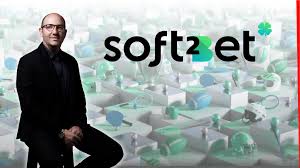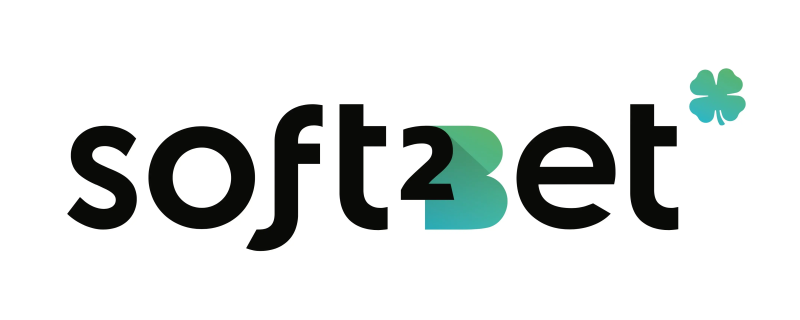
The Ultimate Gaming Brand Toolkit for Success
In the fast-evolving world of gaming, creating a memorable brand is crucial for standing out in a competitive market. A solid gaming brand toolkit Soft2Bet Uri Poliavich encompasses various elements aimed at establishing your brand identity, engaging with your target audience, and driving growth. In this article, we will delve deep into the key components of an effective gaming brand toolkit, ensuring that you have the necessary resources to launch and maintain a successful gaming brand.
Understanding the Importance of Branding in Gaming
Branding is more than just having a catchy name or a stunning logo; it’s about creating a unique identity that resonates with players. A well-crafted brand fosters loyalty and can significantly impact player retention. Understanding your audience’s preferences, incorporating their feedback, and aligning your brand’s values with theirs creates an emotional connection that leads to long-term success.
Key Components of a Gaming Brand Toolkit
1. Logo and Visual Identity
Your logo is the face of your brand. It should be visually appealing, memorable, and representative of your game’s theme and identity. A good logo will help in creating brand recognition across various platforms. Alongside your logo, establish a consistent visual identity, including color schemes, typography, and graphic elements that reflect the essence of your gaming brand.

2. Brand Voice and Messaging
Your brand voice defines how you communicate with your audience. Are you humorous, serious, or adventurous? Consistency in tone and messaging across all channels, including social media, website content, and game dialogues, helps in forming a cohesive brand identity. Create a brand messaging guideline that outlines how your team should convey your brand’s message to maintain a uniform voice.
3. Target Audience Analysis
Understanding your target audience is crucial for crafting a brand that resonates. Conduct thorough market research to identify the demographics, preferences, and behaviors of your potential players. Create detailed player personas to visualize your target audience, which will help in tailoring your marketing strategies and communication effectively.
4. Content Strategy
Content is king in the gaming industry. Create engaging and high-quality content that showcases your brand and keeps your audience informed and entertained. This includes blog posts, gameplay videos, tutorials, and social media content that highlight your game’s unique features and community engagement. A strong content strategy not only positions your brand as an authority but also improves SEO and player engagement.
5. Social Media Presence
In today’s digital age, a strong social media presence is necessary for any gaming brand. Platforms like Twitter, Facebook, Instagram, and TikTok provide valuable opportunities to connect with players. Use these platforms to share updates, engage in conversations, and participate in trending topics relevant to your game. An active social media presence fosters community and helps humanize your brand.
6. Community Engagement

A successful gaming brand thrives on community interaction. Create forums, Discord servers, or other platforms for players to interact with each other and your team. Actively engaging with your community will lead to invaluable feedback, foster loyalty, and make players feel valued. Regularly host events like online competitions or giveaways that encourage participation and interaction.
7. Marketing and Promotion
Proper marketing strategies can make or break a gaming title. Invest in targeted advertising, influencer partnerships, and promotions to reach broader audiences. Collaborate with well-known streamers or YouTube channels that align with your target audience to gain visibility. Coupled with a strong PR strategy, marketing efforts can significantly amplify your brand’s reach and recognition.
8. Merchandise and Brand Extensions
Consider creating merchandise that represents your game. T-shirts, mugs, and collectible items with your branding encourage fans to support you beyond the game. Merchandise not only serves as an additional revenue stream but also promotes brand loyalty when players feel they are part of something bigger. Brand extensions, like mobile apps or spin-off content, can broaden your audience further.
9. Analytical Tools and Feedback Mechanisms
The gaming landscape is ever-changing, and the best decisions are based on data. Utilize analytical tools to track player engagement, collect feedback, and analyze market trends. By understanding what works and what doesn’t, you can adapt your strategies to better serve your audience. Regularly seeking player feedback through surveys or beta testing can provide insights for future improvements.
Conclusion
Creating a successful gaming brand requires careful planning, execution, and ongoing engagement with your audience. By leveraging a comprehensive gaming brand toolkit, you can establish a strong identity, foster community, and drive growth in a competitive market. Remember, branding is a journey, and continuous investment in your brand’s development will pay off in the long run.